Why Is Food Safety Important In Healthcare? Healthcare Leaders Guide
Learn challenges healthcare foodservice teams face today and key food safety practices to protect vulnerable patients. Get a free healthcare leader...
Save yourself time and money by going through this helpful guide to opening a cafe.
The coffee shop market size is projected to grow at 3.5% from 2021 to 2027 worldwide, amounting to approximately $244.40 billion.
Coffee is considered a very valuable commodity, and its trade is an important type of business all over the world. In fact, consumers around the globe consumed approximately 1663.63 million 60 kg bags of coffee in 2020-2021 alone.
In the U.S., an average of 2.8% growth in the number of coffee shops every year was established. Americans alone drink an average of 400 million cups of coffee a day.
Discover how to open a coffee shop with us and find out how you can ensure serving safe food products all the time.
The coffee shop market is expected to grow to approximately $244.40 billion by 2027.
Coffee's popularity makes cafes a viable business option, especially for young professionals.
Opening a cafe involves extensive planning to ensure product quality and safety.
The global consumption of coffee was around 1663.63 million 60 kg bags in the 2020-2021 period.
In the U.S., coffee shops have grown by an average of 2.8% annually.
Americans consume an average of 400 million cups of coffee daily.
A successful cafe startup typically requires a capital ranging from $80,000 to $300,000.
Key steps to opening a cafe include market research, planning, securing capital, and choosing a location.
Food safety training for employees is crucial to ensure the health and safety of cafe products.
WHAT WE'LL COVER:
To guide you on how to start a cafe business, from conceptualizing your business to executing your soft launching, follow these 12 steps:
Every food business starts with a vision. When you think of opening your future cafe, you must have a unique concept of a cafe in mind or at least want to have a cafe that stands out. During the conceptualization process of your business, consider doing market research and analyzing the location where you intend to have your business.
While having a unique cafe may be attractive to different types of customers, if your concept is very niche, you cannot expect it to last long.
When you conduct market research to establish your concept, consider the following aspects:
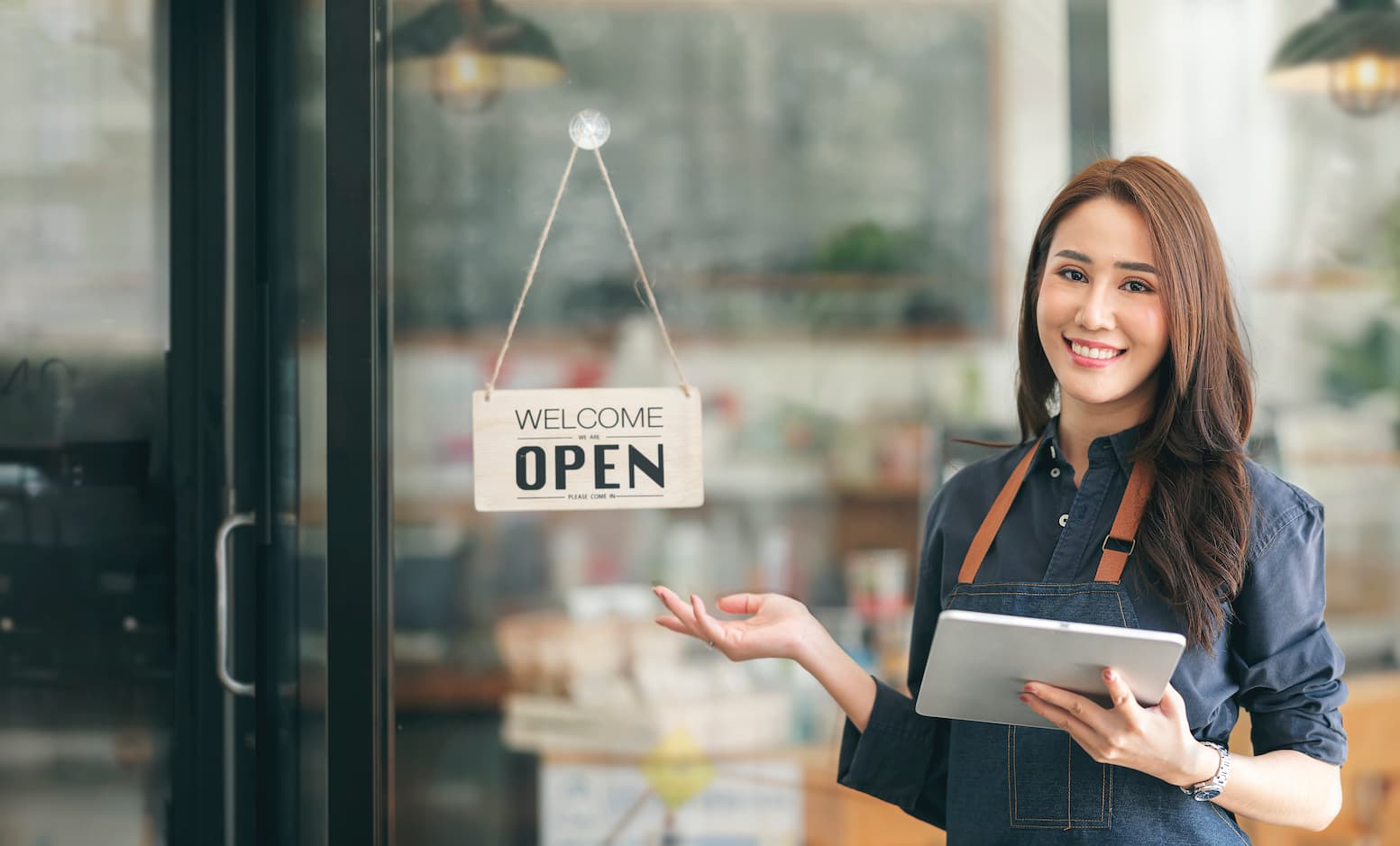
Remember that the larger the scope of your target audience, the more resources you will need. Once you have a concept and vision, you can easily narrow down the elements you need.
After choosing a concept based on research and your preferences, you need to document every step that you will need to establish your cafe.
A business plan is a written document of every idea and research you have and the strategies you plan to perform to achieve them. This plan is essential for achieving a successful coffee shop.
A cafe business plan can also help aspiring coffee shop owners to assess their progress. Every business plan must contain the following components:
A business plan is also necessary if you plan to apply for commercial loans and grants. Benefactors will require proof that you have a plan and you are prepared to open a cafe amid risks.
As mentioned, starting a cafe is not cheap. Even if you plan on starting with a mobile cafe in the meantime, coffee shop startup costs will still require a significant amount of money. While others have this area secured from their personal budget and can operate as sole traders, there are other ways to secure capital and handle tight profit margins.
Some of the potential financing options that you can opt for include the following:
Setting up the perfect location for your business will help you determine factors such as the type of customers to expect and your proximity to your target audience. If you plan on opening up a mobile cafe business, researching hot spots is an essential step, but for sit-down cafes, decisions of whether to lease a commercial space or buy a spot for your business must be made.
Choosing an ideal location goes beyond just your distance from the consumers and enough space for large foot traffic. You also need to consider the available physical space for setting up your bar, kitchen, and spacious storage area.
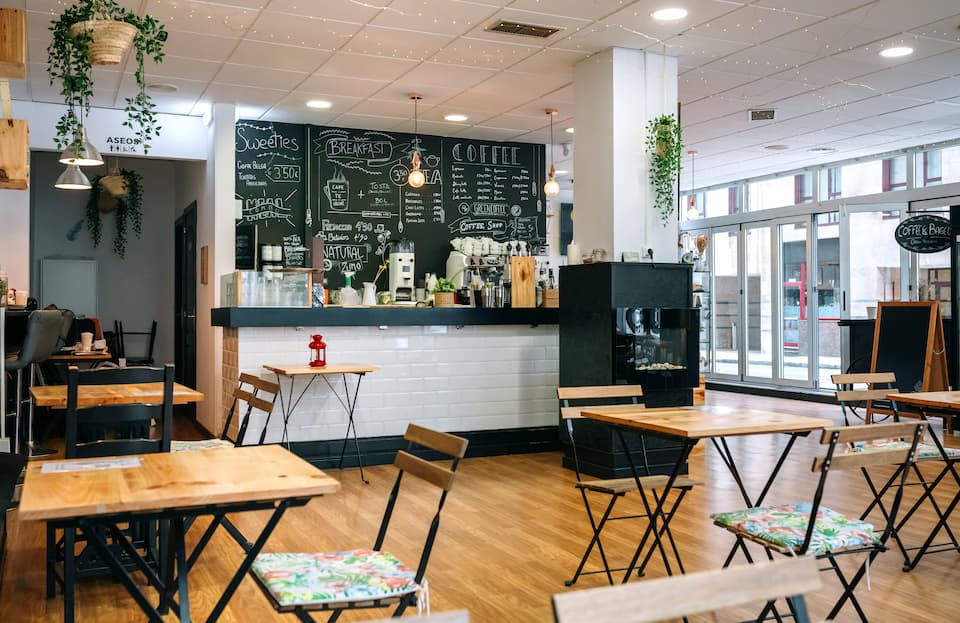
Of course, you will need coffee bean suppliers! You cannot expect to rely on ambiance alone. A high-quality coffee shop flourishes with the right coffee selection of beans and food to serve. The majority of your sales will come from the types of coffee and other beverages you offer. This stage would be a great point to sample coffee products and structure your menu.
Aside from choosing the perfect blends of coffee, recent trends have shown that a supplier's sustainability plays a great role in sales. An independent study revealed that four out of 5 customers are likely to choose a brand that uses sustainable approaches, such as sourcing coffee grounds.
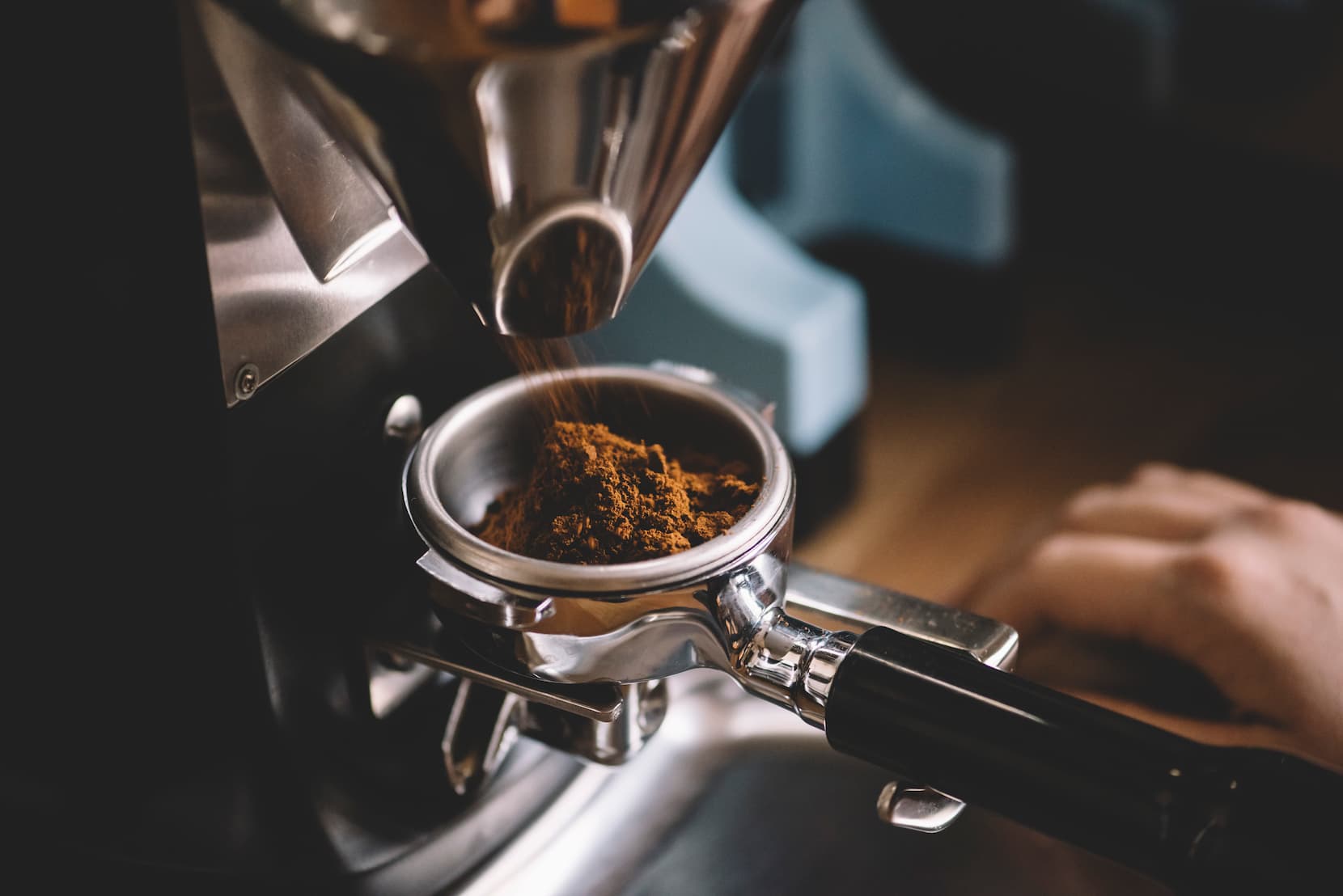
This important step can be done simultaneously with the previous one. When selecting your exclusive supplier, you can have a menu in mind to help you find the perfect flavors.
During this time, consider choosing if you will also be selling non-caffeinated and other types of drinks. Your menu is the fastest way for a customer to get to know you. As such, the cafe menu must clearly present what your business offers and must be understandable.
Consider creating your digital menu with online payment options if you plan on building a cafe business and offering online ordering services. Different software programs offer quick and easy platforms for this objective.
In addition, consider menu engineering programs that will help you compute your food cost to help you measure the profit margins of your products. Use our free food cost calculator to evaluate your pricing strategies and profitability regularly.
Running a business in a particularly convenient location means coordinating with the local government departments. You need to know what licenses and permits do you need to start a cafe. These documents serve as proof that you will abide by the law and that you are operating under the supervision of the government.
In the U.S., different states may have different business permits needed for operation. Consult local government business units for guidance.
Some of the most common licenses required for opening a cafe include:
*if applicable
Securing permits requires hours of your time and fees. This step is mandatory as security for your business and customers. Failure to have the essential licenses and permits may merit violations and legal offenses.
A cafe requires some particular equipment not commonly found in restaurants. These pieces of coffee shop equipment, such as an espresso machine, are used for making the products you will offer. When procuring equipment, you may be faced with tough decisions to make.
You will have the option to purchase brand-new coffee shop equipment or buy old ones. Always consider that essential equipment and tools will be used for a very long time. While purchasing old equipment can save you a lot of money, maintenance and repairs can come sooner than when you purchase a piece of new coffee shop equipment.
Some of the most common yet essential coffee shop equipment you will need to include:
The bigger your planned cafe is, the more equipment you are expected to purchase. Some types of cafe will also require special pieces of equipment. If you plan to add your own bake shop, you must purchase equipment such as ovens and trays.
Essential equipment must cover the services you offer and supporting units such as food storage spaces and display units.
This step will also require the procurement of fixtures and furniture you intend to have in your cafe.
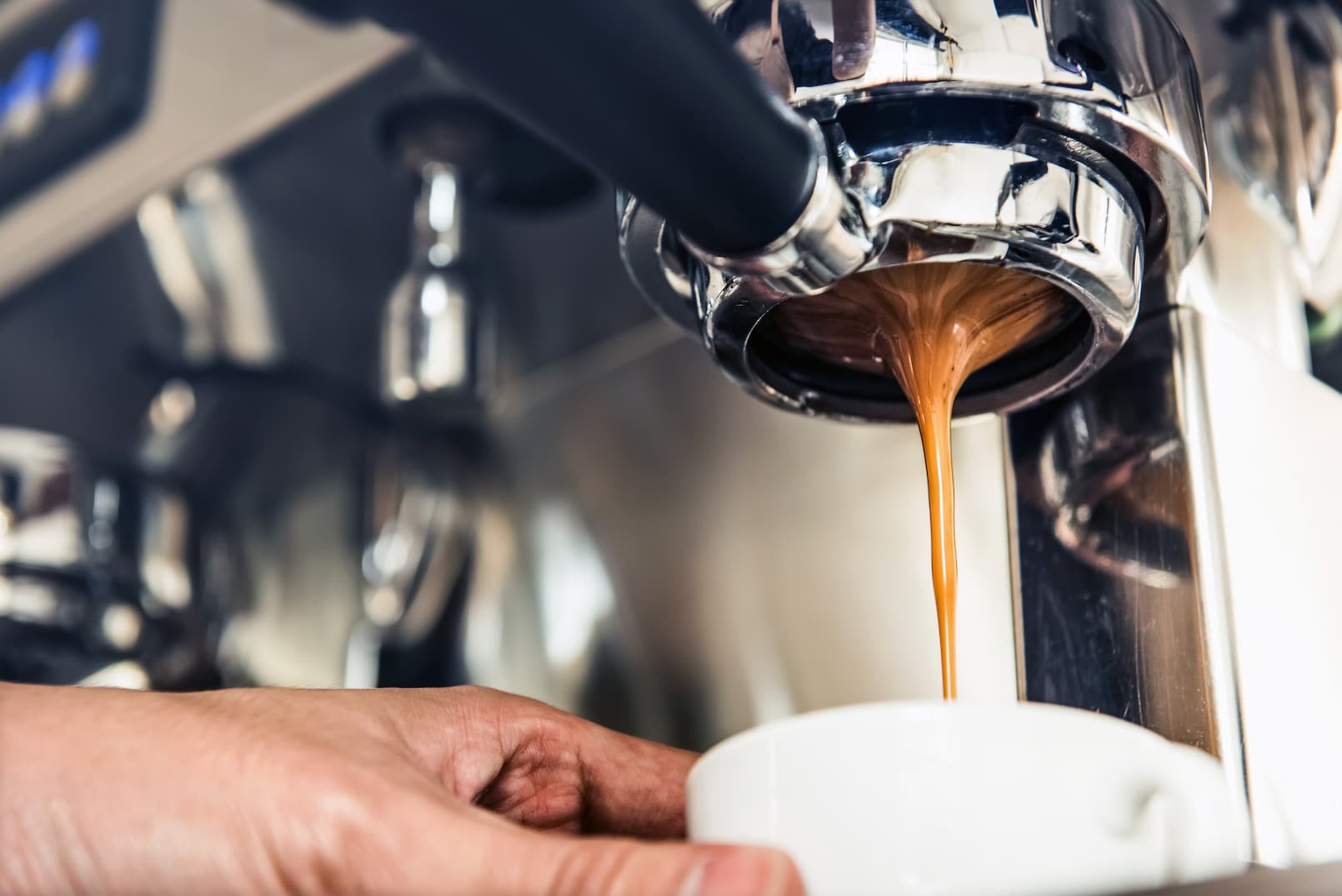
Choosing your staff can help you convey how much you value excellent customer service. While selecting staff with stellar training and experience is the most ideal choice, this route entails higher salaries. Make sure that you are choosing the right people for each job.
Your core employee for a cafe is an experienced barista who has received formal training in handling coffee equipment. You will need someone who is knowledgeable about the coffee culture and has enough level of experience. During the hiring process, you must be clear about your expectations regarding customer service and work ethics. This will help you select only those who are fit for the job.
In addition to the initial hiring process, you are required to invest in training your employees, especially with food hygiene matters. This process is your opportunity to introduce topics, such as food safety, customer service, principles of food preparation, and marketing techniques, to your employees.
Training is essential to build a strong sense of food safety culture among your employees. This will help improve accountability in terms of performing tasks correctly, even with minimal supervision.
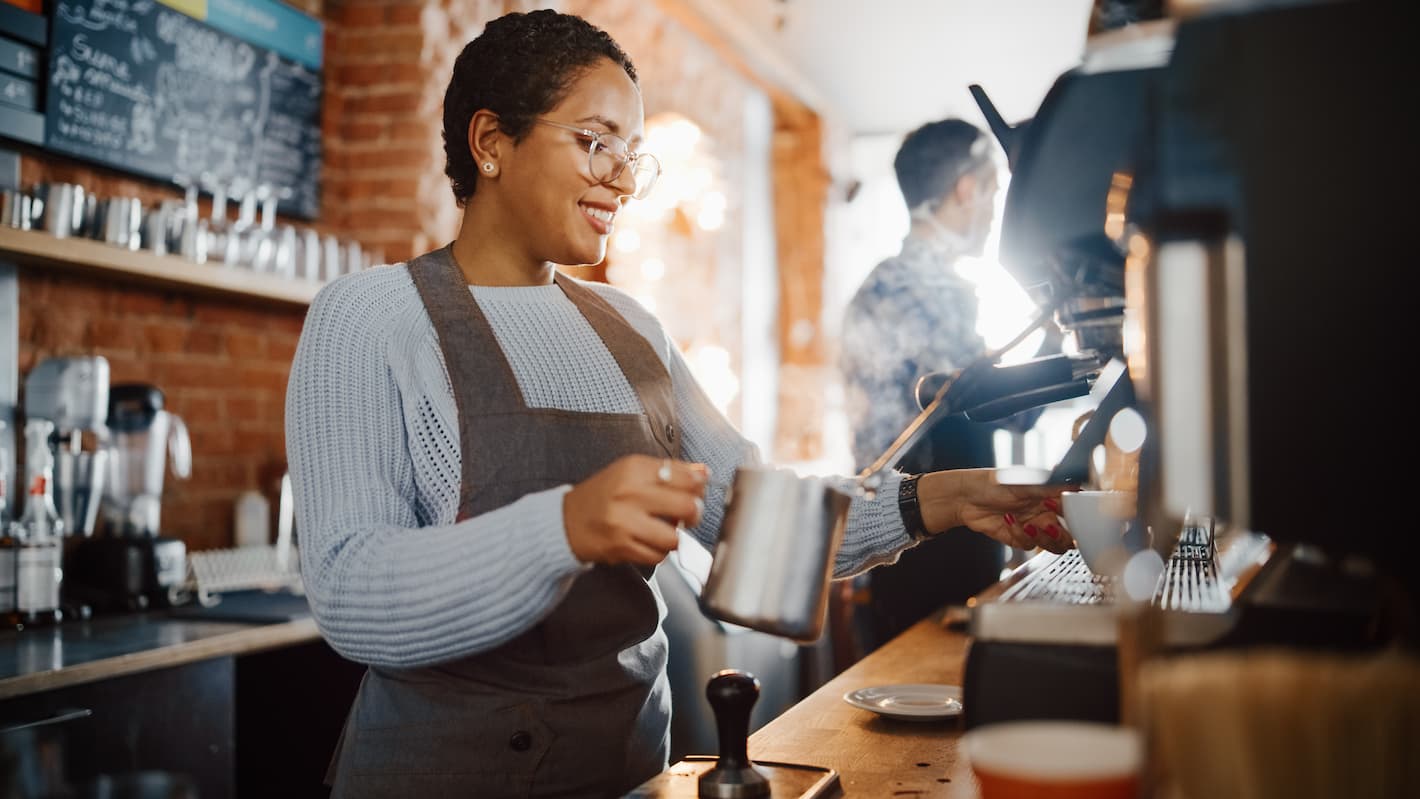
In today's era of technology, marketing has gone so far from the age of print marketing. Although the latter strategy still brings significant attention, there are many innovative ways of marketing that were introduced to the food and coffee industry.
Some of the trusted and proven marketing strategies include:
Today, more advanced and farther-reaching strategies, such as digital marketing, are available for business owners:
Marketing strategies are how you intend to introduce your business to unknowing customers. Other evident marketing strategies include the aesthetics of your cafe, branding, and added features such as being pet-friendly or accommodating for gatherings.
Once everything from the business plan down to the marketing strategies has been covered, you can now conduct a soft launch or opening. This step is not mandatory but can be a significant training point and marketing strategy. It can also help you build your customer base early in the game.
During a soft opening, you can find famous influencers, critics, and avid fans of coffee shops to try your services. Other business owners also treat a soft launch as a way of showcasing the operations to an investor.
You can use a soft launching event to gather information on which areas need more attention and which features can be considered your cafe's strong points.
Your team can review the valuable information and prepare for a grand opening after a few days. A soft opening will help you and your staff be ready for a more random flow of customers.
Learn more about how to execute a successful soft launch.
Finally, opening your cafe is the culmination of your efforts. You can set up an event to celebrate the occasion and use it as a marketing point to attract new consumers. Incorporate all reviews and improvements from your soft launching to ensure a smoother grand opening.
The key to a successful business opening is enough preparation. Use important checklists and monitoring logs to ensure that your team is prepared before your cafe doors open and for busy periods during operation.
Check out our free food safety tools and templates that you can use to prepare your team for your grand opening.
Opening a cafe is a very popular aspiration for many people. The popularity and upward trend of the coffee market have added to this aspiration. Despite this fact, opening a cafe or a coffee shop is a huge undertaking that requires intensive planning.
A cafe, although smaller in operation size than a restaurant, requires a comprehensive coffee shop business plan to maximize the startup capital you will be using.
A cafe's food operation is no less important than that of a fully operational restaurant. The food and beverage you will serve must be safe in addition to being high quality.
As such, a cafe plan must always include a food safety plan, such as the Hazard Analysis Critical Control Point (HACCP), on top of all other things to have to ensure safer food.

Coffee shop startups do not come cheap, and there is more to knowing just your target market. The size of your startup capital can determine the complexity and scope of your cafe's operations. Factors such as the location you intend to use, the food equipment, the number of staff, the food business registration, and the products you aim to serve will all act as significant factors in the average cost of opening a cafe.
The Crimson Cup, a successful cafe chain in America, estimated that you would need capital somewhere between $80,000 to $300,000. This range estimate is for a fully operational seat-in, independent coffee shop. A cafe operating solely through a drive-thru mode or a mobile food truck would require less operating costs.
Additional expenses would add up in case you want to expand your operations, such as offering in-house baked goods or specialty drinks.
Your capital or seed money will cover most of the essential expenses you will need for starting a coffee business. In some cases, you can secure startup loans to be able to assure other necessary startup costs for your startup business.
To help you in estimating how much capital you will need to open a cafe, consider the following essentials:
Other expenses, such as if you choose to consult with an agency to hire employees, should also be considered. Not all individuals readily have generous capital. As such, you need to plan everything up to the last detail to optimize what you have.
In recent times, many food business owners have attested to the convenience and improved efficiency that restaurant software programs have contributed to their operations. These programs help simplify complicated tasks, automate repetitive tasks, and reduce the likelihood of human errors.
Consider reviewing the following popular software programs for your cafe:
These different software programs can help your team manage your operations more efficiently and increase profits in the most effective way. You can even integrate software programs with each other to create a seamless system.
Software systems such as HACCP food safety compliance software can save you at least 120 hours of time you are expected to spend on building a food safety plan. With a digital solution, such as the FoodDocs HACCP plan builder, you can get a HACCP plan in just 1 hour.
Do you have no idea which software for building your own cafe? Check out this detailed list of the best software programs for restaurants we previously published.
One of the main responsibilities of every food business owner is to ensure the safety of your consumers from the food you serve. Compliance with food safety standards does not only ensure safe products. It increases consumer confidence in your business. Safety, quality, and customer experience are all essential to keeping customers happy.
As a startup food business owner, you may have limited knowledge of how to establish your own HACCP plan. At FoodDocs, we offer several free HACCP plan tools that you can use to slowly build your HACCP plan step-by-step.

The most widely known food safety plan is the HACCP food safety plan. This food safety system addresses food safety risks before they occur, minimizing the efforts and resources you would need to use. Establishing a HACCP plan can easily get you compliant with the most essential food safety regulations and laws.
To help every aspiring cafe owner get compliant fast and easily, our team of experts at FoodDocs has developed a digital solution to build a comprehensive Hazard Analysis Critical Control Point (HACCP) plan in just 1 hour.
HACCP is regarded as a standard food safety plan worldwide. Establishing a HACCP plan requires months of preparation and will often need the expertise of a food safety consultant.
Luckily, you can use our digital solution to build a digital HACCP plan template with the following components:
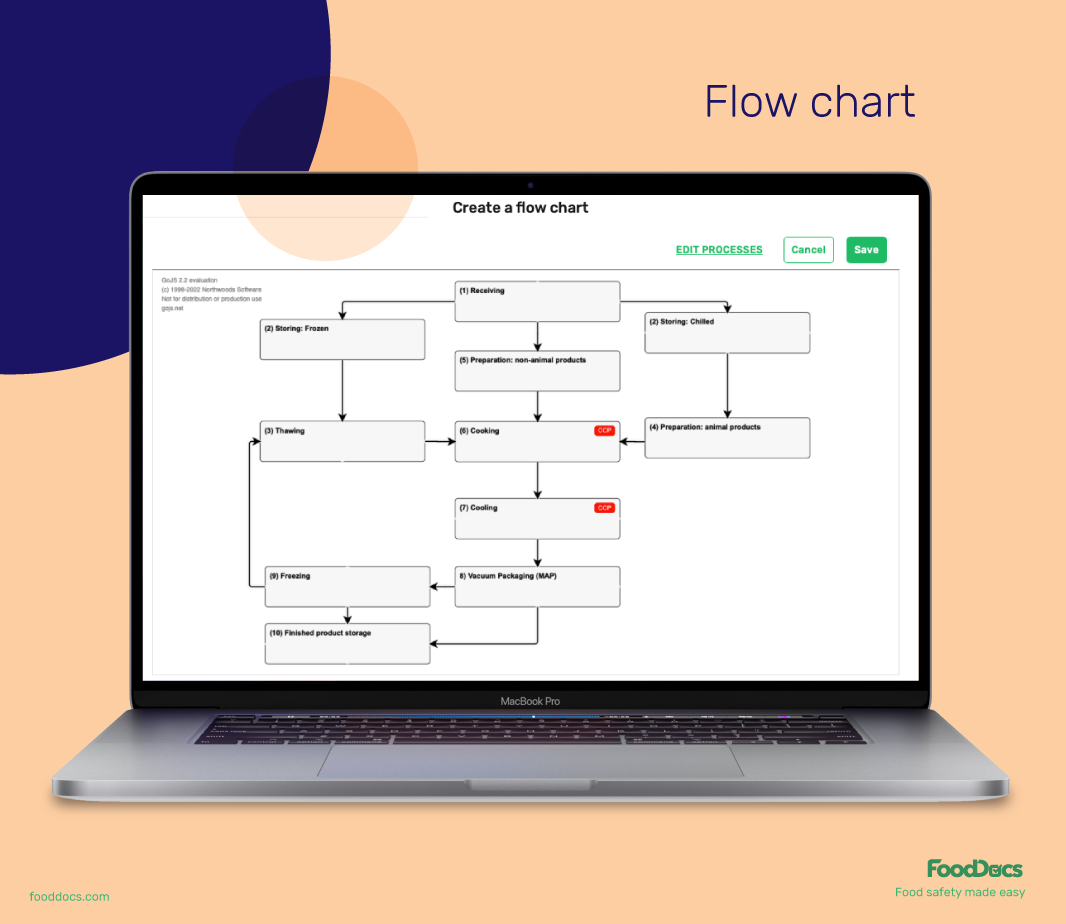
Our digital solution was made to make compliance accessible and ensure that every food you serve is safe for consumption. Make food safety compliance an easy task for your team to allow yourselves to focus on establishing or improving your cafe with our digital solutions.
Once your new business achieves food safety compliance, the next goal is to maintain compliance by constantly monitoring your operations and evaluating them accordingly. To do this task, what you need is a comprehensive Food Safety Management System.
In combination with our built-in HACCP plan template builder, we also feature a digital solution for monitoring your everyday operations.
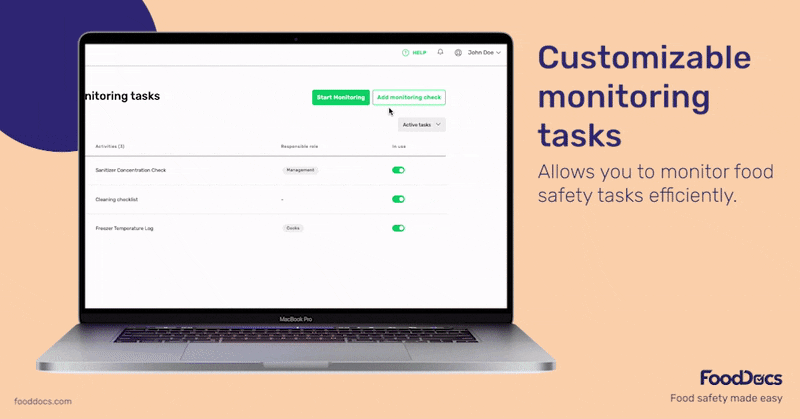
When you use our digital Food Safety Management System, you can get the following benefits:
Maintaining food safety is a continuous task. It must be consistently done to ensure that your customers will always be safe and satisfied with your products and services. With our digital solution, you can ensure this objective even with minimal experience in running a food business.
Improve your cafe profile, customer appeal, and sustainability by consistently ensuring food safety using our digital solutions. Start your food safety and cafe journey using our free 14-day trial.
Learn challenges healthcare foodservice teams face today and key food safety practices to protect vulnerable patients. Get a free healthcare leader...
Learn what Standard Operating Procedures (SOPs) are and how to write effective SOPs that ensure consistency, efficiency, and safety in your...
Boost your retail food safety with essential practices and digital tools to protect customers and your brand. Plus a free Retail Food Safety Leader...